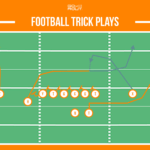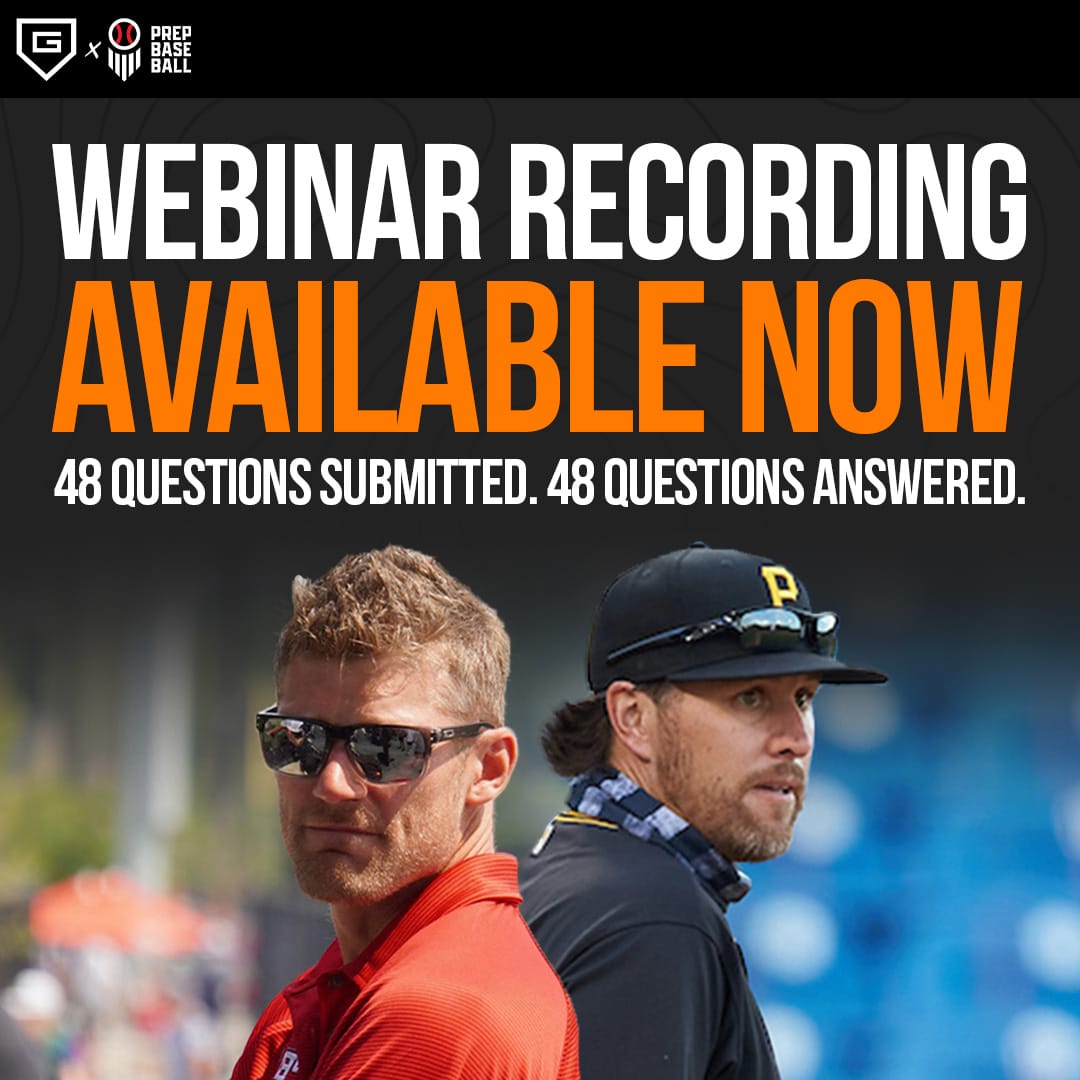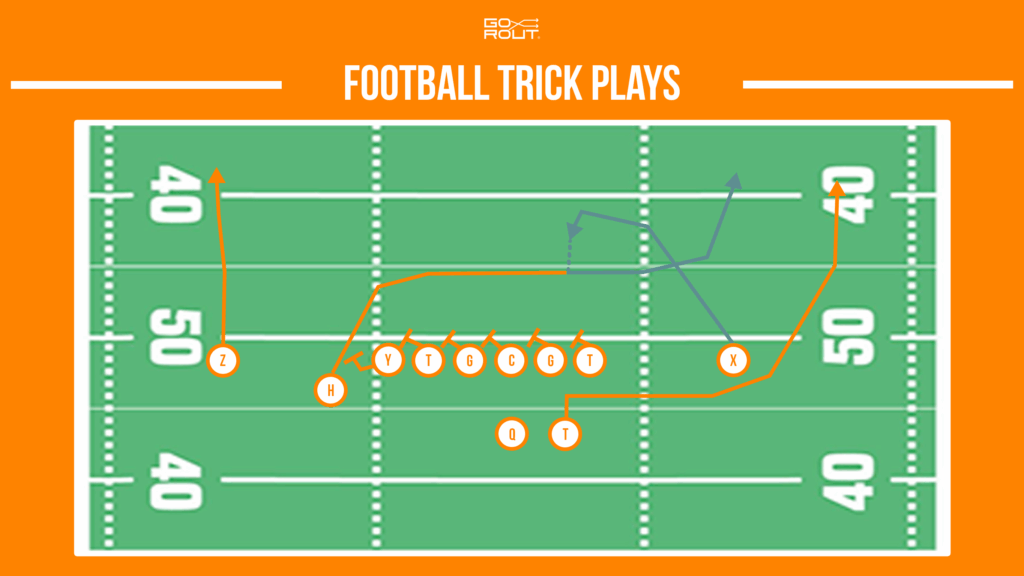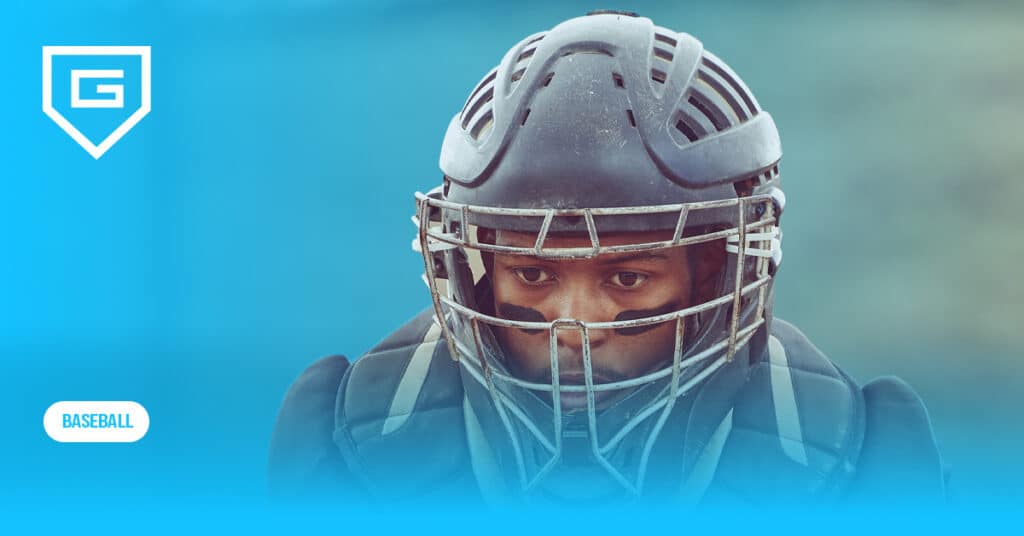The Infield Fly Rule in Baseball and Softball
Reading Time: 5 minutes
Reading Time: 5 minutes
The infield fly rule is one of the most historically subjective and debated regulations in baseball and softball. It plays a crucial role in ensuring fair play and prevents one particularly deceptive tactic to be used by the defense. This article will delve into the intricacies of the infield fly rule, explore its history, and examine its application in various levels of competition. We’ll also look at notable controversies and provide situational examples to enhance comprehension.
What is the infield fly rule?
The rule was specifically designed to prevent infielders from intentionally dropping a pop-up to turn a double or triple play. When invoked, the batter is automatically out, regardless of whether the infielder catches the ball, and the base runners can advance at their own risk.
There are five parameters that are required for the infield fly rule to be in effect:
- There must be less than two outs
- Runners are on first and second base OR the bases are loaded
- The batted ball must be in fair territory at the time of the play
- Contact with the ball cannot be by a bunt and it cannot be a line drive hit
- The ball is determined to be catchable by an infielder with ordinary effort
Misinterpretation and confusion around the rule has historically come about in reference to the final two points above. An infielder’s “ordinary effort” and the trajectory of a batted ball to determine whether it is an “infield fly” are situationally subjective. However, in most cases, the rule is called in cut and dry situations.
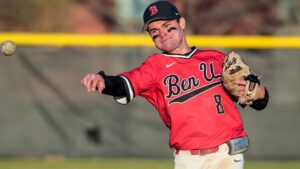
Is the rule the same for baseball and softball?
Yes, the infield fly rule is generally the same in both baseball and softball. While there might be minor variations in how it’s applied depending on the league or level of play, the fundamental principle remains consistent across both sports. The rule is invoked when there are fewer than two outs, and there are runners on first and second or the bases are loaded. The intent is to protect the base runners from being doubled or tripled up on an easily catchable ball.
Situational examples of the rule
- Example 1: Classic Scenario
- Situation: Runners on first and second, one out.
- Play: The batter hits a high pop-up to the shortstop.
- Outcome: The umpire calls the infield fly rule. The batter is out, and the runners stay at their bases.
- Example 2: Confusion on the Field
- Situation: Bases loaded, one out.
- Play: The batter hits a pop-up near the pitcher’s mound.
- Outcome: The umpire calls the infield fly rule. The ball drops untouched, causing confusion among the runners. The batter is out, and the runners can advance at their own risk, but are not forced to.
Why was the infield fly rule invented?
The infield fly rule was created to prevent infielders from exploiting certain situations to their advantage.
Imagine there are no outs, and runners on first and second base. If the batter pops a ball up over the second base position, both runners will be forced to tag up to avoid being doubled off. If the second baseman camps under the ball, forcing everyone to believe they will make the catch, they could let the ball drop, fire it to third base, and potentially create a triple play.
The rule protects baserunners from being hung out to dry. In the above scenario, had they taken off and the ball were caught, they would certainly be doubled off before tagging up; if they stay put and the ball drops, they wouldn’t have enough time to safely advance before the ball is thrown around.
When was the rule put into use?
The infield fly rule was first implemented in baseball in 1895. The need for such a rule became apparent as the game evolved and strategies became more sophisticated. It was later adopted by softball leagues as well, reflecting the sport’s growing complexity and the desire to maintain fairness.
Is the infield fly rule used at all levels of competition?
Yes, the rule is applied at all levels of competition, from youth leagues to the professional ranks. The universal application ensures consistency in how the game is played and understood, fostering a sense of fairness and integrity across different levels.
Has the infield fly rule changed over time?
The rule has remained relatively consistent since its inception, though there have been minor adjustments and clarifications over the years to address specific situations and controversies.
Notable controversies with the infield fly rule
The infield fly rule, while straightforward in concept, has not been without its controversies. Situations where its application was questioned or led to confusion have sparked debates among players, coaches, and fans.
Here are two of the most prominent examples of the subjectivity within the infield fly rule:
Braves vs Cardinals 2012 NL Wild Card
One of the most notable controversies occurred during the 2012 National League Wild Card game between the Atlanta Braves and the St. Louis Cardinals. In the eighth inning, an infield fly was called on a pop-up to shallow left field, leading to confusion and frustration among Braves players and fans. The call was contentious because the ball was not in the infield, and many argued that the rule was misapplied. The Braves protested the game, but the call stood, highlighting the complexities and sometimes subjective nature of the rule’s enforcement.
Braves vs Cardinals 2012 NL Wild Card
A’s vs Rangers in 2024
Another significant incident occurred in a 2024 game between the Oakland Athletics and the Texas Rangers. In a critical moment, no infield fly was called on a ball that was popped up in the middle of the infield. This no-cal led to debates on the subjectivity within the rule. Specifically, in this case, the matter of “ordinary effort.” While the second baseman appeared to have called for the ball and gave a sliding effort to make the catch, the pitcher or first baseman could have potentially made an easier play on it.
Conclusion
The infield fly rule is an essential aspect of baseball and softball, designed to maintain fairness and prevent defensive manipulation. While it has sparked some controversies and debates, its role in the game is clear. Understanding the rule and its application can enhance the experience for players, coaches, and fans alike. Effective coach-to-player communication is crucial for navigating these situations and ensuring successful on-field performance.
FAQs About the infield fly rule
Q: What is the purpose of the infield fly rule?
A: The infield fly rule aims to prevent infielders from intentionally dropping a pop-up to turn a double or triple play, ensuring situational fairness to baserunners.
Q: When is the infield fly rule applied?
A: The rule is applied when there are fewer than two outs, and there are runners on first and second or the bases are loaded.
Q: Does the infield fly rule apply to all levels of baseball and softball?
A: Yes, the infield fly rule is used at all levels of competition, from youth leagues to professional play.
Q: Can the infield fly rule be called on a ball that lands in the outfield?
A: Typically, the infield fly rule is called on balls that can be caught with ordinary effort by an infielder. However, there can be exceptions based on the umpire’s judgment, which may include some depth into the outfield.
Q: What happens to the base runners when the infield fly rule is called?
A: Base runners may advance at their own risk but are not forced to do so. The batter is automatically out.
Q: Has the infield fly rule changed since it was first implemented?
A: The rule has remained relatively consistent since its inception, though there have been minor adjustments and clarifications over time.

